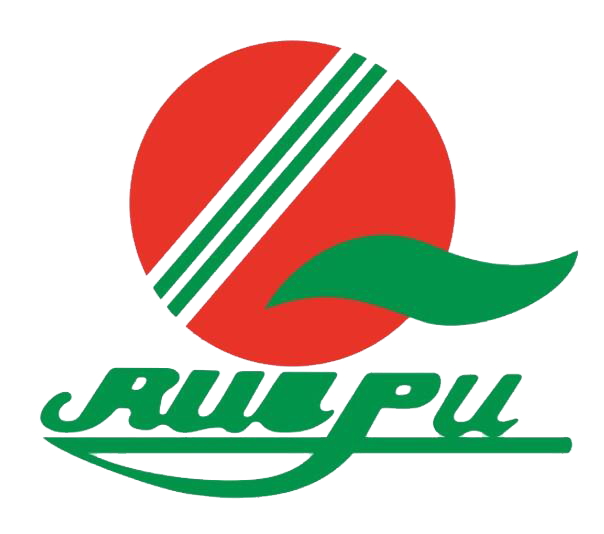
The Benefits and Applications of Granular Ferric Hydroxide
Granular Ferric Hydroxide (GFH) has emerged as a pivotal material in various industries, particularly in water treatment and environmental remediation. This article explores the properties, benefits, and applications of GFH, highlighting its significance in promoting cleaner water and a healthier environment.
What is Granular Ferric Hydroxide?
Granular Ferric Hydroxide is an inorganic compound that consists of iron and hydroxide ions. Its unique granular form enhances its surface area, making it an effective adsorbent for various contaminants. GFH is primarily used for removing heavy metals, phosphates, and other pollutants from water, making it an essential material in environmental management.
Properties of Granular Ferric Hydroxide
GFH exhibits several properties that make it advantageous for water treatment applications:
1. High Adsorption Capacity: GFH has a high affinity for heavy metals such as lead, arsenic, and mercury. Its granular structure allows for efficient contact with water, leading to superior adsorption performance.
2. Chemical Stability: GFH is chemically stable, which means it does not easily dissolve or react with other substances in water, ensuring effective pollutant removal without introducing additional contaminants.
3. Non-toxic: Unlike some chemical coagulants, GFH is non-toxic and environmentally friendly, making it a safe choice for water treatment processes.
4. Regeneration Potential: GFH can be regenerated and reused after saturation, reducing waste and operational costs.
Applications of Granular Ferric Hydroxide
1. Water Treatment
One of the primary applications of GFH is in drinking water treatment. It effectively removes arsenic and other heavy metals, ensuring that the water meets safety standards. GFH can be used in both municipal and industrial water treatment facilities, helping to provide clean drinking water to communities.
2. Wastewater Treatment
GFH is also widely used in the treatment of industrial wastewater. Its ability to adsorb heavy metals makes it an ideal choice for industries that generate metal-laden effluents, such as mining, electroplating, and manufacturing. By using GFH, these industries can significantly reduce their environmental impact.
3. Phosphate Removal
In addition to heavy metals, GFH is effective in removing phosphates from water. Excessive phosphates can lead to algal blooms, which harm aquatic ecosystems. GFH helps mitigate this issue by adsorbing phosphates, thus promoting healthier water bodies.
4. Soil Remediation
GFH can also be employed in soil remediation projects. By treating contaminated soils with GFH, heavy metals can be immobilized, preventing them from leaching into groundwater and affecting nearby ecosystems. This application is crucial for restoring polluted sites to their natural state.
Conclusion
Granular Ferric Hydroxide plays a vital role in modern water treatment and environmental remediation efforts. With its high adsorption capacity, chemical stability, and non-toxic nature, GFH is an effective solution for removing heavy metals and phosphates from water. As industries and municipalities continue to seek sustainable ways to manage water resources, GFH will undoubtedly remain a key player in promoting environmental health and safety.
For those looking to enhance their water treatment processes or engage in soil remediation, considering the use of Granular Ferric Hydroxide can lead to significant improvements in both efficiency and effectiveness. By utilizing GFH, we can contribute to a cleaner, healthier planet.




